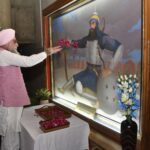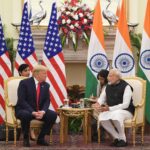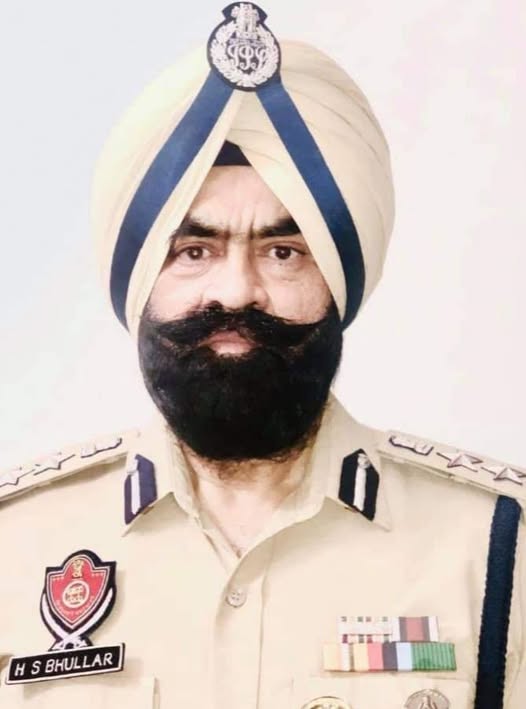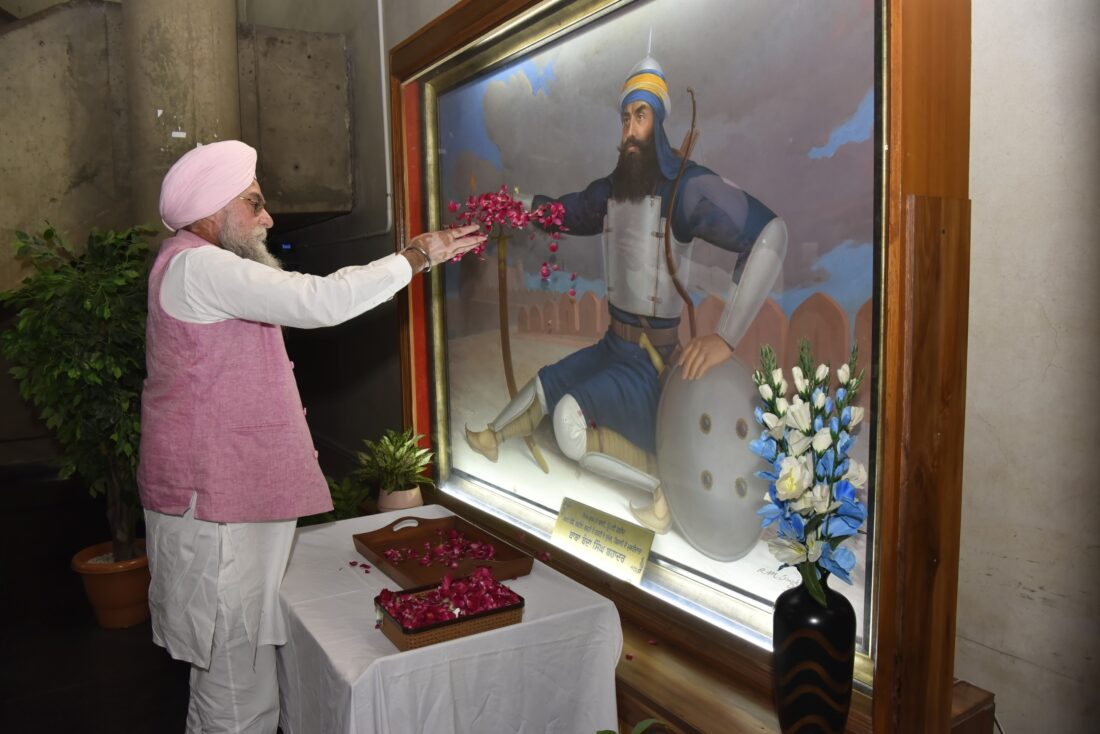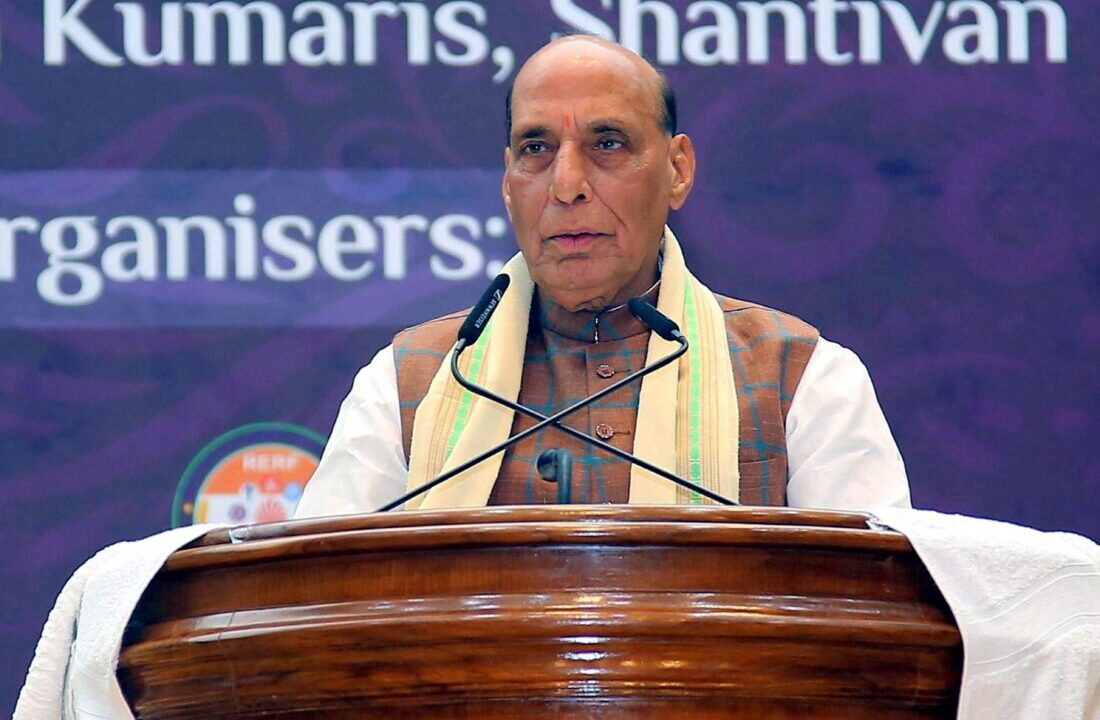Damini Sharma & Shimona Sharma
The North News
Chandigarh, March 13
To explain love, romance, and intense relationships, Bollywood has long turned to Holi songs. The festival provides ample scope to showcase water-drenched actors in playful yet passionate moments, weaving a visual spectacle of emotions through music, dance, and color.
Each year, as spring arrives in India, the air fills with the scent of gulaal, the sound of dhol beats, and the laughter of people drenched in color. Holi, the festival of colors, transcends barriers, uniting hearts in celebration of love, renewal, and the triumph of joy over despair. And in the grand cinematic tapestry of Bollywood, Holi is not just a festival—it is an emotion, a canvas on which love stories are painted in the most vibrant hues.
Few cultural traditions have found as enduring a home in Hindi cinema as Holi. Over the decades, Bollywood has immortalized the festival through songs that capture the euphoria, nostalgia, and, most importantly, the soulful connections that Holi fosters. The imagery of swirling colors, playful teasing, and stolen glances between lovers has become a cinematic trope, a testament to the power of Holi as a backdrop for romance and reconciliation.
Bollywood’s love affair with Holi began in the golden age of Hindi cinema, where the festival was often used to signify joy and the breaking of social barriers. The classic Jogi Ji Dheere Dheere from Nadiya Ke Paar depicted Holi as a rustic, traditional affair, steeped in folk music and community spirit. But it was Holi Ke Din from Sholay (1975) that truly captured the festival’s essence—joyous, unrestrained, and filled with camaraderie.
Yet, no song epitomizes Bollywood’s Holi more than Rang Barse from Silsila (1981). Sung by Amitabh Bachchan, the track’s evocative lyrics and folk-inspired melody carry an undercurrent of suppressed emotions. The film’s narrative adds layers of meaning to the song—Holi becomes a space where passion, longing, and defiance collide, encapsulating the raw intensity of unspoken love.
As Bollywood evolved, so did its portrayal of Holi. The exuberance remained, but the music adapted to newer rhythms and sensibilities. Balam Pichkari from Yeh Jawaani Hai Deewani (2013) reflects the modern youth’s spirited revelry, blending romance with pulsating beats. Meanwhile, Do Me a Favor, Let’s Play Holi from Waqt (2005) brought an urban, party-centric vibe to the festival’s musical legacy.
But it is Lahu Munh Lag Gaya from Goliyon Ki Raasleela: Ram-Leela (2013) that takes Holi into a sensual realm. Unlike its predecessors, which celebrated playfulness and community, this song revels in the passion between lovers, using the colors of Holi as a metaphor for desire. The slow, almost hypnotic rhythm transforms the festival into an intimate dance of seduction, proving once again that Holi in Bollywood is not just about colors—it is about emotions, deep and unfiltered.
At its heart, Holi’s connection to love is rooted in mythology, particularly in the eternal romance of Radha and Krishna. Even beyond cinema, the spirit of Holi continues to be a great equalizer. It dissolves hierarchies, embraces strangers as friends, and celebrates love in all its forms—romantic, platonic, and divine. And as long as Bollywood keeps its tryst with Holi, its music will ensure that this vibrant festival remains a cherished part of India’s cinematic and cultural identity.
So, as the colors fly and the music plays, Holi is not just a festival—it is a feeling. And no one captures its essence quite like Bollywood.




